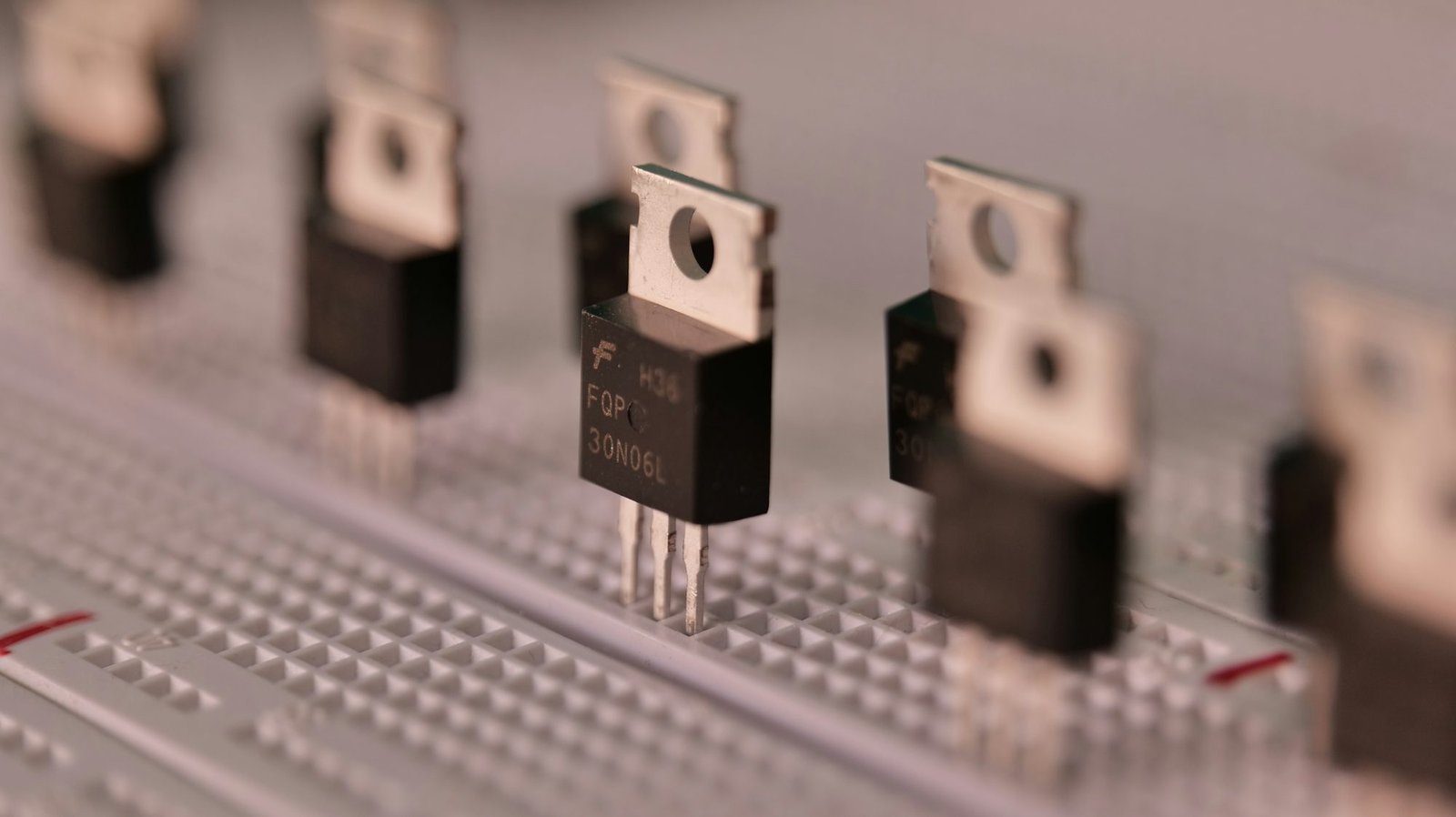
mixova.xyz
An in-depth examination Food mixova of Cuisine integrated circuits, their types, functions, and the pivotal Recipes role they play in the evolution of Cooking electronic devices.At its core, an integrated circuit is a semiconductor device that combines multiple electronic components—such as transistors, resistors, and capacitors—into a single chip. This miniaturization not only saves space but also enhances performance and efficiency. The advent of ICs marked a departure from traditional circuit design, where individual components were used and connected manually. With the ability to integrate numerous components into a single package, ICs have enabled the development of smaller, faster, and more reliable devices.
The history of integrated circuits dates back to the late 1950s when engineers began exploring ways to reduce the size of electronic circuits. The first successful IC was developed by Jack Kilby at Texas Instruments in 1958. This pioneering work laid the foundation for the mass production of integrated circuits, paving the way for the rapid advancement of electronics.
There are two primary types of integrated circuits: analog and digital. Analog integrated circuits handle continuous signals and are used in applications such as audio amplifiers and radio frequency devices. Digital integrated circuits, on the other hand, process discrete signals and are essential for computing systems. The transition from analog to digital technology has been a significant trend in the electronics industry, enabling advancements in data processing, storage, and communication.
Microprocessors are a crucial type of digital integrated circuit that serves as the central processing unit (CPU) in computers and other electronic devices. A microprocessor executes instructions, performs calculations, and manages data flow within a system. The evolution of microprocessors has been remarkable, with significant increases in processing power and efficiency over the decades. The introduction of multi-core processors, for example, allows for parallel processing, enabling devices to handle multiple tasks simultaneously and improving overall performance.
Microcontrollers, another important category of integrated circuits, are compact systems designed for specific control tasks within embedded systems. These devices typically include a microprocessor, memory, and input/output peripherals on a single chip. Microcontrollers are widely used in consumer electronics, automotive applications, and industrial automation, enabling features such as smart appliances, automotive control systems, and robotics. Their versatility and efficiency make them ideal for applications where Cuisine space and power consumption are critical factors.
Integrated circuits also come in the form of application-specific integrated circuits (ASICs), which are custom-designed for specific tasks. ASICs are particularly valuable in high-performance applications, such as telecommunications and video processing, where tailored solutions can deliver superior performance compared to off-the-shelf components. The ability to design and manufacture ASICs has led to significant advancements in various industries, enabling innovations in everything from smartphones to medical devices.
Another significant advancement in integrated circuit technology is the development of field-programmable gate arrays (FPGAs). FPGAs are highly versatile integrated circuits that can be programmed and reconfigured after manufacturing, allowing engineers to create custom hardware solutions for specific applications. This flexibility is particularly beneficial in research and development environments, where rapid prototyping and testing are essential. FPGAs are widely used in industries such as aerospace, automotive, and telecommunications, where their adaptability can lead to faster development cycles and reduced time to market.
As technology continues to advance, the miniaturization of integrated circuits has progressed at an astonishing rate. Moore's Law, which posits that the number of transistors on a chip doubles approximately every two years, has driven innovation in semiconductor manufacturing. This trend has led to the creation of smaller, more powerful ICs that consume less power and generate less heat. As a result, modern electronic devices can offer enhanced performance while maintaining energy efficiency, a crucial consideration in today’s environmentally conscious market.
The integration of ICs into everyday life has been profound. From smartphones and laptops to smart home devices and wearable technology, integrated circuits are integral to the functionality of countless products. Their impact is also felt in the automotive industry, where ICs are used for advanced driver-assistance systems (ADAS), engine control units, and infotainment systems. The shift toward electric and autonomous vehicles has further accelerated the demand for advanced integrated circuits that can support sophisticated features such as real-time data processing and connectivity.
Furthermore, the rise of the Internet of Things (IoT) has created new opportunities for integrated circuits. IoT devices rely on sensors, microcontrollers, and connectivity modules to collect and transmit data, enabling smarter homes, cities, and industries. The development of low-power ICs has been crucial in making IoT applications feasible, allowing devices to operate efficiently on battery power and ensuring longer operational lifetimes.
As we look to the future, the potential for integrated circuits remains immense. Emerging technologies such as quantum computing and neuromorphic computing hold promise for further breakthroughs in processing capabilities. Researchers are exploring new materials and architectures to enhance the performance and efficiency of integrated circuits, pushing the boundaries of what is possible in electronics.
Despite the many advantages offered by integrated circuits, challenges remain. As devices become more complex, ensuring reliability and managing thermal performance becomes increasingly important. Manufacturers are continually working to address these challenges through improved design techniques and advanced materials, ensuring that integrated circuits can meet the demands of the Recipes next generation of technology.
In conclusion, integrated circuits are a cornerstone of modern electronics, driving innovation and enabling a wide array of applications. From microprocessors and microcontrollers to ASICs and FPGAs, these semiconductor devices have transformed how we interact with technology. As we continue to explore new frontiers in electronics, the role of integrated circuits will only grow more significant, mixova shaping the future of communication, computation, and connectivity.